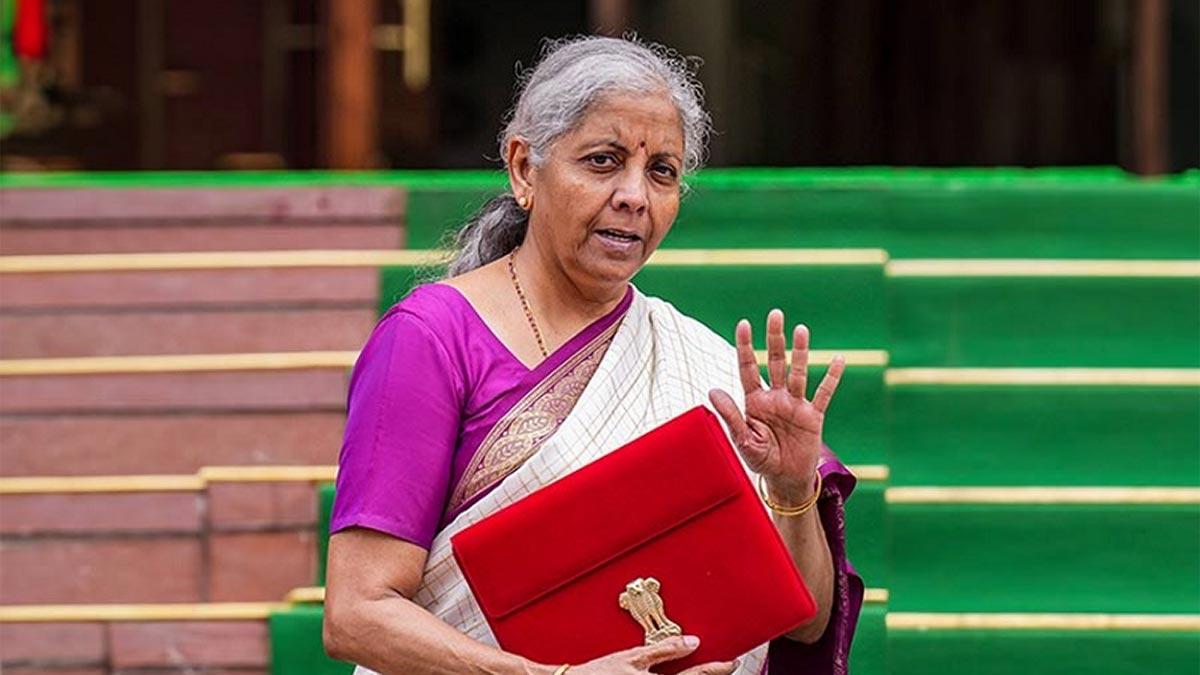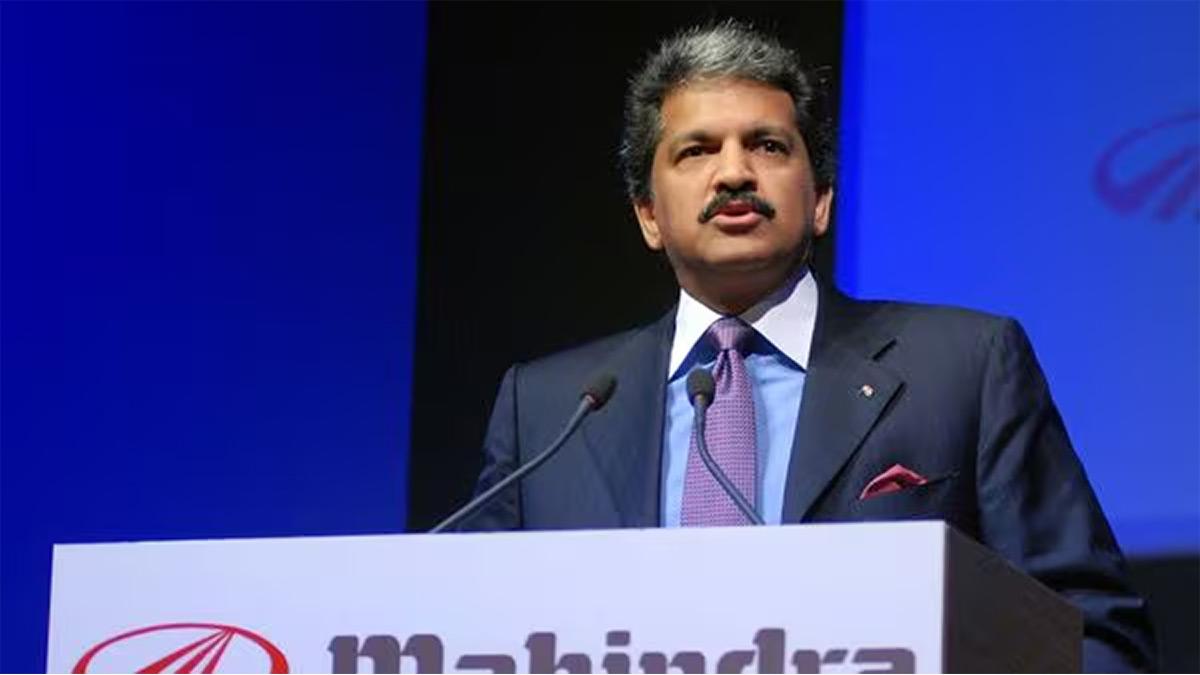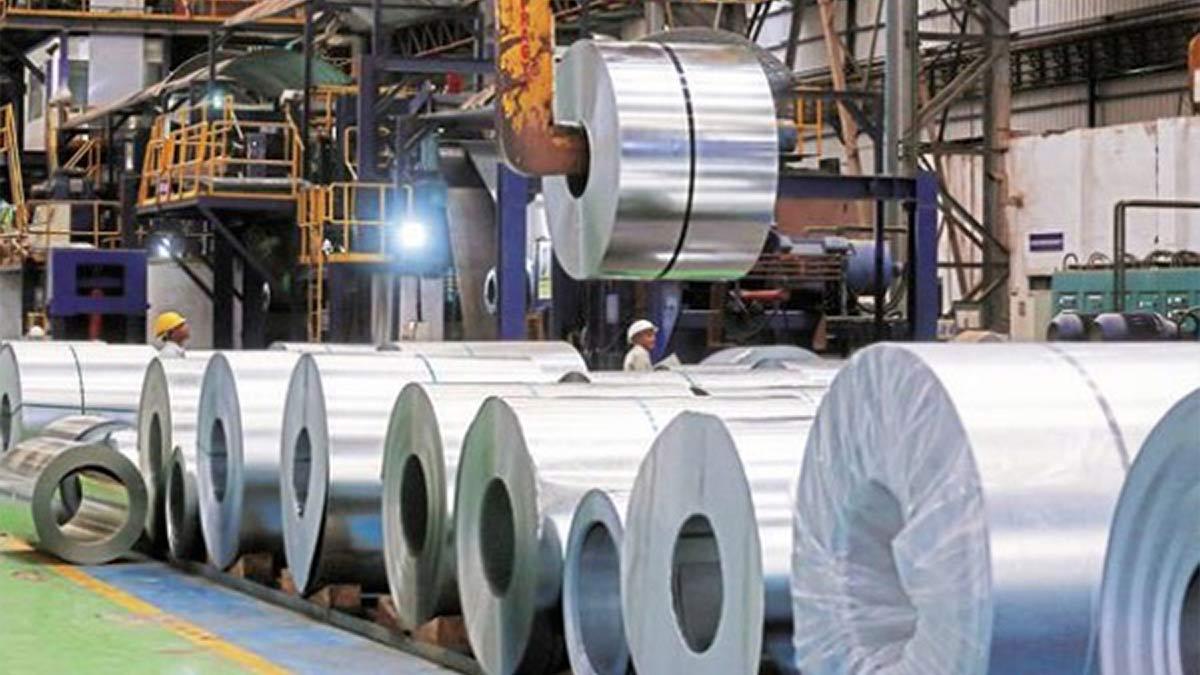Swiggy has experienced a sharp share fall in 2025, with shares decreasing by 41% so far this year and staying below their IPO listing price since February 6.
Such a consistent decline reflects increasing investor concern about the company's mounting losses, increasing market competition, and a murky trajectory to long-term profitability.
During the fourth quarter of FY25 (January–March), the food delivery behemoth reported a net loss of ₹1,081 crore—much larger than the ₹799 crore loss in the same period last fiscal year.
The worsening loss despite rising order volumes and revenue is due to massive spending in the quick commerce segment still burdening Swiggy's health.
Full-year numbers also show the trend, with yearly losses jumping to ₹3,116 crore in FY25, a 35% surge from ₹2,350 crore in FY24, according to the company's latest regulatory filings.
Swiggy also posted an adjusted EBITDA loss of ₹732 crore for the March quarter, mainly due to its push into the quick commerce space, especially through Instamart.
Revenue, on the other hand, increased appreciably to ₹5,609 crore in the March quarter from ₹3,668 crore in the year before. However, analysts are still wary of the firm's massive cash burn and ambiguous road to break-even.
The quick commerce business has turned into a hot war, with competitors such as Zomato heavily ramping up their Blinkit business—placing more pressure on Swiggy's margins.
In defense of the company's performance and strategy, Swiggy CEO Sriharsha Majety termed FY25 "a year of many firsts" with reference to the launch of new services and platforms such as Instamart, Snacc, and Pyng.
"Our food delivery engine produced best-ever results in terms of innovation and execution, driving category-leading growth and increasing profitability in tandem," Majety said. He also mentioned that the out-of-home consumption business became profitable during the fourth quarter.
In spite of such milestones, investor sentiment has not yet picked up. Swiggy's stock has not rebounded since the IPO and has been trading below its listing price for nearly four months.
Market watchers continue to assert that even though the core food delivery business is resilient, the capital-intensive quick commerce segment is still slowing down the company's journey toward profitability.
Read also| EY Report: India’s Growth Set to Stabilize in FY26 and FY27 Amid China’s Slowdown


















